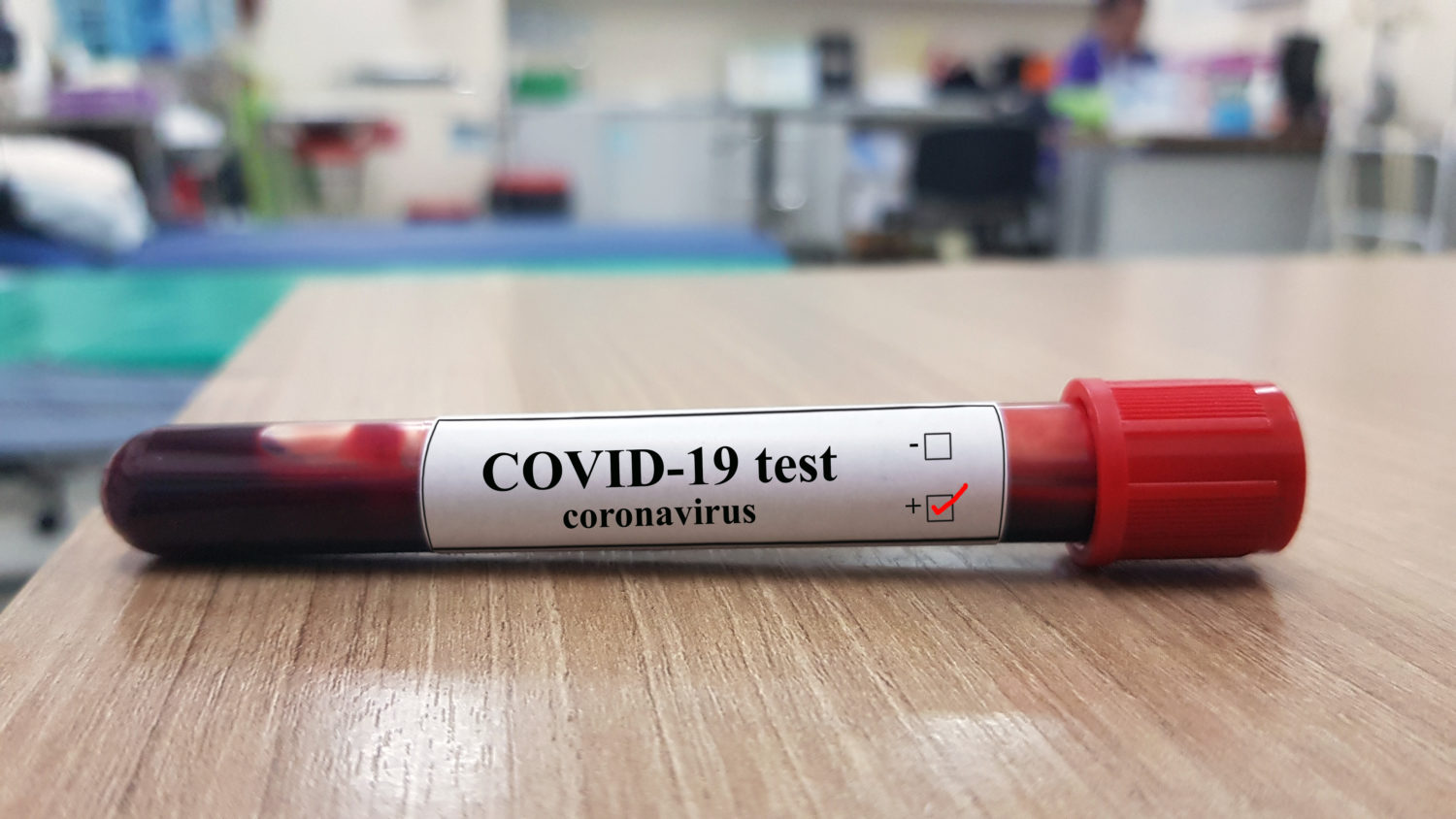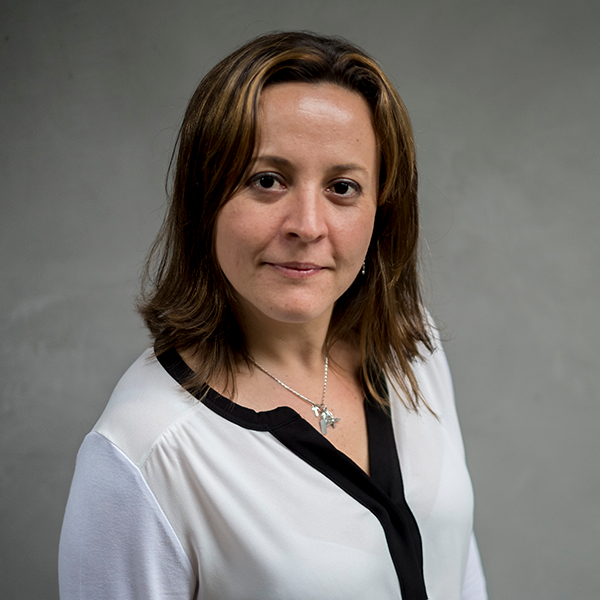Who has the right to be tested for the 2019 coronavirus? Only those with symptoms, or also those who are in quarantine but feeling fine? How much does the test cost? Will uninsured people have to pay out of pocket? Or is the government covering testing costs?
Over the past week, the volume of false answers to those questions on social media caught the attention of fact-checkers that are part of the #CoronaVirusFacts/#DatosCoronaVirus alliance. From Poland to Japan, from Brazil to France, falsehoods went viral that sprung from the lack of reliable information about how COVID-19 tests work in different parts of the world.
Fact-checkers from Demagog, in Poland, have even detected a political use of this type of disinformation. Presidential candidate Robert Biedroń posted on Facebook that at a Warsaw, Poland, hospital, a coronavirus test would cost 500 PLN (about $130) for uninsured citizens. “Can’t you afford that?” he wrote. “Well, go out and infect people on the street!”
The message, however, was wrong. In Poland, everyone who has a medical necessity to be tested for COVID-19 can be tested for free.
In Japan, BuzzFeed caught a similar falsehood. A series of tweets gained momentum in the country that “reported” the government would only pay for positive coronavirus tests. The tweets claimed citizens who received negative results would have to pay 80,000 yen (about $765). This “information” was false, but take a moment and imagine how many people in Japan avoided the test because of this information and the impact it might have had without fact-checkers.
Fact-checkers from Brazil and Spain had to fight against the same falsehood that had already been debunked by PolitFact in the United States, this week.
It is false that a person in the U.S has to pay $3,200 to be tested for the 2019 coronavirus. The test itself is free. But the disinformation reverberated abroad.
From the fact-checking perspective, it is curious to see how whatever happens in the United States gains strength and is usually translated into other languages — even if it is a piece of false content.
It’s also worth pondering why there are so many hoaxes about COVID-19. Last week, at one of the NICAR conference roundtables, ProPublica reporter Caroline Chen raised one possibility.
“The authorities do not use the same units to talk about this issue. Sometimes they talk about people. Sometimes they talk about kits. Sometimes it’s tests. Sometimes, budget. But those things are not synonymous. One test is not equal to one person. And we get lost in the information.”
Arthur Caplan, professor of bioethics at the New York University School of Medicine, also sees the lack of reliable information as both a problem and something that gives falsehoods more oxygen.
“I’m sorry to tell you but we don’t have good public data on COVID-19 testing in the United States and the administration is not doing what it needs to do to deal with this,” Caplan told the International Fact-Checking Network Wednesday.
And FactCheck.org has noticed that, too. In an article published Tuesday, journalists pointed out that, on March 6, President Donald Trump claimed that anyone who “wants a test can get a test,” while Secretary of Health and Human Services Alex Azar said in a television interview the same day that there “is no testing kit shortage, nor has there ever been.”
And what is the impact of contradictory information?
Caplan recalled that it is essential to have clean and clear public data to create public policies with correct dimensions, and that this may not be happening in the United States.
“Undocumented immigrants, for example, do not reach out to the health system to ask for guidance or to be tested for the coronavirus. If there is no amnesty, this group will not get near any authority. We also have those who citizens that are uninsured and the homeless community. Those groups are not going to seek help.”
According to Caplan, underreporting will impact public policy around the coronavirus and, consequently, the quality of the information passed on to citizens. The possibility of receiving more false data thus grows.
“We are in a vicious cycle that is revealing that the rips we thought we had in the American health system are actually tears,” he said.
Read this article in Spanish at Univision.
Read the reports published by the #CoronaVirusFacts collaboration project
- Report # 1 (published Jan. 28): Coronavirus: Fact-checkers from 30 countries are fighting 3 waves of misinformation
- Report # 2 (published Jan. 30): Photos and videos allegedly showing the coronavirus are now challenging fact-checkers
- Report # 3 (published Feb. 3): Panic and fear might be limiting human reasoning and fueling hoaxes about coronavirus
- Report # 4 (published Feb. 6): Google, Facebook and Twitter could do more to surface fact-checks about the coronavirus
- Report # 5 (published Feb. 13): These are false cures and fake preventative measures against coronavirus. Help fact-checkers spread the word
- Report # 6 (published Feb. 20): Hoaxes about the coronavirus are now trying to prove human extermination
- Report # 7 (published Feb. 27): No race or religion can prevent coronavirus — don’t fall for these hoaxes
- Report # 8 (published Mar. 5): False cases of coronavirus have infected social media
Cristina Tardáguila is the associate director of the International Fact-Checking Network and the founder of Agência Lupa. She can be reached at ctardaguila@poynter.org.
Coronavirus collaboration: The collaborative project, coordinated by the International Fact-Checking Network, was launched Jan. 24 and will be active for as long as the lethal disease spreads worldwide. Fact-checkers are using a shared Google Sheet and a Slack channel to share content and communicate in different time zones. Follow #CoronaVirusFacts and #DatosCoronaVirus on social media for the latest updates.







